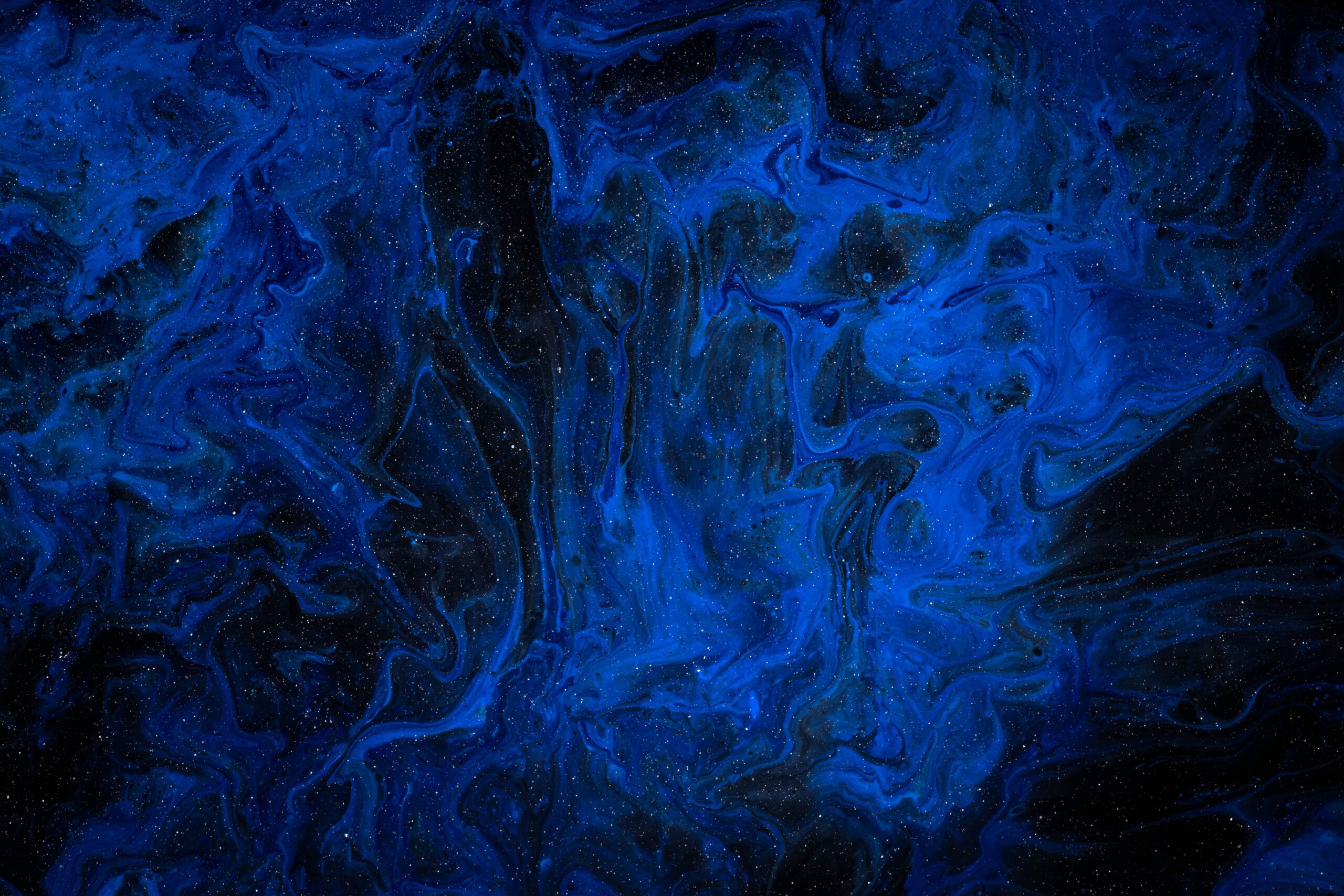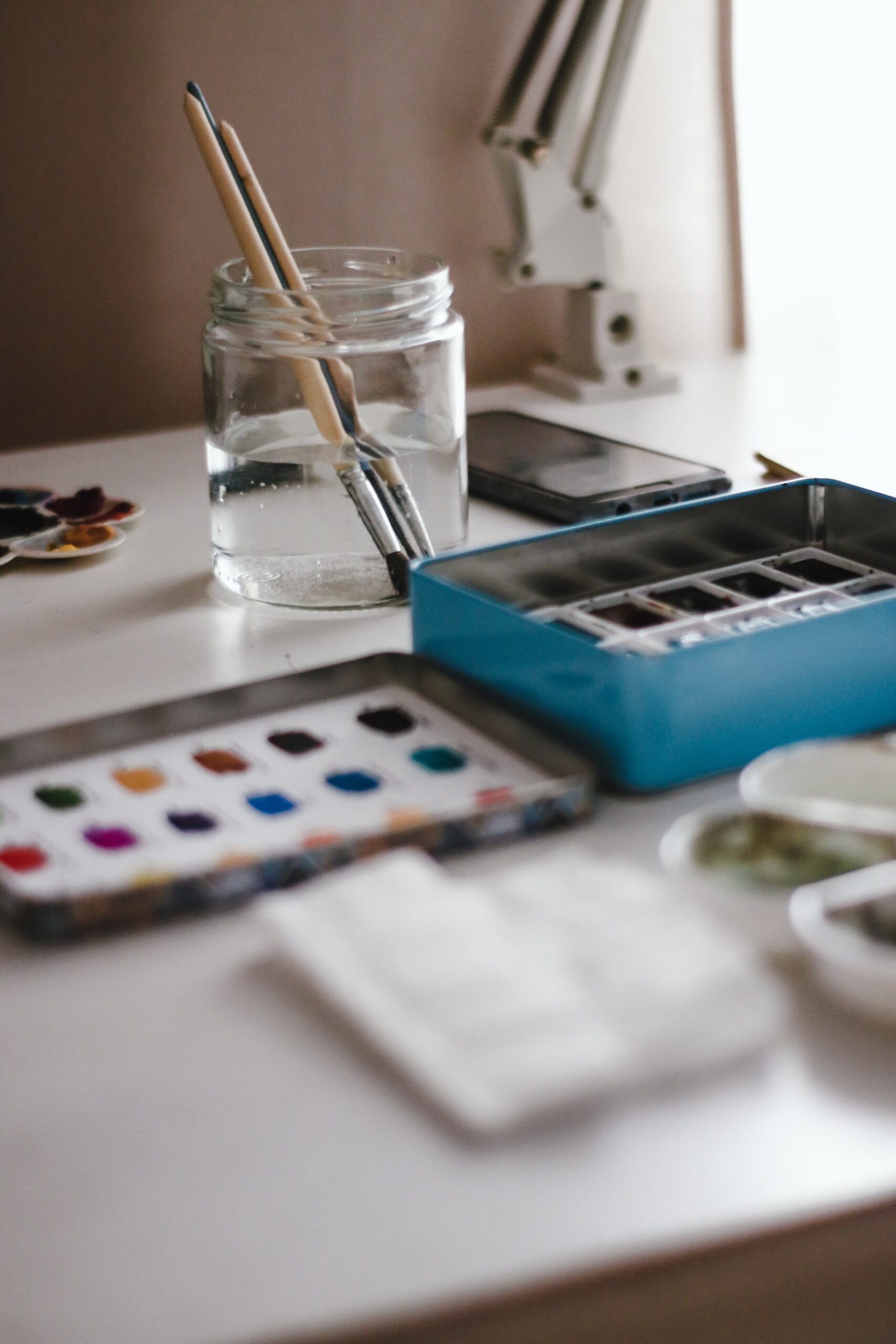Liquitex Acrylic Paint has gained popularity among artists for its vibrant colors and smooth application. However, many individuals are concerned about its safety and toxicity. In this article, we will explore whether Liquitex Acrylic Paint is non-toxic, providing you with the information you need to create art worry-free. Whether you are an aspiring artist or a seasoned painter, understanding the safety of the materials you use is crucial. So let’s dive into the topic and uncover the truth about Liquitex Acrylic Paint’s toxicity.
What is Liquitex Acrylic Paint?
Acrylic paint definition and characteristics
Liquitex Acrylic Paint is a popular brand of acrylic paint known for its vibrant colors and versatility. Acrylic paint is a fast-drying paint made from pigment suspended in an acrylic polymer emulsion. It is water-soluble, which means it can be thinned with water or mixed with other acrylic mediums to achieve different effects. Acrylic paint is loved by artists and hobbyists for its ease of use, quick drying time, and ability to create a wide range of textures and finishes.
Introduction to Liquitex Acrylic Paint
Liquitex Acrylic Paint is a trusted brand in the art community, known for its high quality and wide range of color options. Liquitex offers a range of products, including heavy body acrylics, soft body acrylics, acrylic inks, and acrylic gouache. Their paints are known for their excellent coverage, color intensity, and lightfastness, making them suitable for both professional artists and beginners.
Understanding Toxicity in Art Supplies
Importance of non-toxic art supplies
As an artist, it is important to prioritize your health and safety when choosing art supplies. Non-toxic art supplies are crucial for artists of all ages, especially for those working in enclosed spaces or with prolonged exposure to art materials. Non-toxic art supplies minimize the risk of harmful health effects and ensure a safe working environment.
Health risks associated with toxic art materials
Many traditional art materials contain toxic substances such as heavy metals, solvents, and volatile organic compounds (VOCs). These substances can be harmful when inhaled, ingested, or absorbed through the skin. Prolonged exposure to toxic art materials may lead to acute or chronic health issues, such as respiratory problems, skin irritation, organ damage, or even cancer. It is important to be aware of the potential health risks and make informed choices when selecting art supplies.

The Safety of Liquitex Acrylic Paint
Quality control measures by Liquitex
Liquitex is dedicated to manufacturing safe and reliable products. They have stringent quality control measures in place to ensure the safety of their acrylic paints. Each batch of paint undergoes thorough testing to meet their quality standards and to ensure consistency in color, texture, and performance.
Compliance with safety standards
Liquitex acrylic paints comply with national and international safety standards and regulations. They adhere to strict guidelines to limit the presence of toxic substances in their products. By complying with safety standards, Liquitex ensures that their acrylic paints are safe for artists to use and handle.
Certifications and labeling
Liquitex provides clear and comprehensive labeling on their acrylic paint packaging to inform users about the ingredients used and any safety precautions they should take. Additionally, they have received certifications from independent third-party testing agencies, which further validate the non-toxic nature of their acrylic paints.
Ingredients in Liquitex Acrylic Paint
Common ingredients used
Liquitex Acrylic Paints are formulated using a combination of common ingredients found in acrylic paints. These include pigments, acrylic polymer emulsion, additives for texture or flow properties, and water. The specific combination of ingredients may vary depending on the type and color of the paint.
Study of potential hazards
Liquitex has conducted extensive studies to assess the potential hazards associated with their acrylic paints. They have evaluated the ingredients used for any potential health risks and have taken measures to limit or eliminate the presence of toxic substances.
Toxicity levels and limits
Liquitex acrylic paints have been formulated to meet strict toxicity limits set by regulatory bodies. They have taken measures to ensure the levels of toxic substances, such as heavy metals, solvents, and VOCs, are minimized or eliminated. This ensures that the paints are safe for artists to use without compromising on the quality or performance.

Exposure Routes and Precautions
Different ways of exposure to acrylic paint
There are several ways artists can be exposed to acrylic paint, including inhalation, ingestion, and skin absorption. Inhalation can occur through the use of aerosol sprays or when working with paint in a poorly ventilated area. Ingestion can occur through accidental swallowing of paint or improperly handling food or drinks near paint. Skin absorption can occur when handling the paint directly without proper protective gear.
Handling precautions for safe use
To minimize risks associated with exposure to acrylic paint, it is important to take certain precautions. These include working in a well-ventilated area or using a ventilation system, wearing protective gloves and clothing to prevent skin contact, and avoiding eating, drinking, or smoking while working with paint. It is also important to properly clean brushes, tools, and work surfaces to minimize potential exposure.
Health Effects and Risks
Potential health effects of toxic acrylic paints
Exposure to toxic acrylic paints can have various health effects. Inhalation of toxic fumes or particles can lead to respiratory irritation, coughing, or breathing difficulties. Ingestion of toxic paint can cause gastrointestinal issues, nausea, or poisoning. Skin contact with toxic paint can result in skin irritation, allergic reactions, or dermatitis. Prolonged exposure to these health risks can have long-term effects on an individual’s health.
Comparative analysis with non-toxic alternatives
Compared to toxic acrylic paints, non-toxic alternatives, such as Liquitex acrylic paints, pose minimal health risks. Non-toxic acrylic paints are formulated without harmful substances and are safer for both artists and the environment. They offer artists a safe and healthy alternative without compromising on the quality, vibrancy, or performance of the paint.

Regulations and Industry Standards
Regulatory bodies governing art supplies
The art supply industry is regulated by various governmental and non-governmental organizations that set standards for the safety, labeling, and quality of art supplies. These regulatory bodies ensure that art supplies meet specific criteria, including toxicity limits and safety guidelines. Compliance with these regulations is crucial for manufacturers like Liquitex to ensure the safety and quality of their products.
Safety guidelines and limits
Regulatory bodies provide safety guidelines and limits for the use of art supplies. These guidelines help manufacturers determine the appropriate levels of toxic substances in their products, ensuring their safe use by artists. Liquitex follows these safety guidelines and ensures their acrylic paints meet or exceed the established limits.
Testing and Certifications
Certification agencies and their evaluation criteria
Certification agencies play a vital role in evaluating the safety and compliance of art supplies. These agencies assess the ingredients, manufacturing processes, and potential hazards associated with the products. They also evaluate the labeling information and adherence to safety standards. Some well-known certification agencies in the art supply industry include ASTM International, AP (Approved Product) Seal, and EN71.
Liquitex’s certifications and test results
Liquitex has obtained certifications from reputable certification agencies, demonstrating their commitment to producing safe and non-toxic acrylic paints. They have received certifications such as the AP (Approved Product) Seal, indicating that their paints have been tested and deemed safe for use by artists of all ages. These certifications provide further assurance of the safety and quality of Liquitex acrylic paints.

Safe Use and Storage Recommendations
Recommended practices for safe handling
To ensure safe use of Liquitex acrylic paints, it is advisable to follow certain practices. Always work in a well-ventilated area, wear appropriate protective gear like gloves and goggles, and avoid direct skin contact. If working with aerosol sprays, be cautious of inhalation and use them in designated areas. Additionally, it is important to read and follow the instructions and precautions provided by the manufacturer.
Proper storage and disposal of acrylic paint
Proper storage of acrylic paint is crucial to maintain its quality and prevent any accidents or spills. Store acrylic paints in a cool, dry place away from direct sunlight. Ensure containers are tightly closed to prevent the paint from drying out or leaking. When disposing of acrylic paint, follow local regulations and guidelines for proper waste disposal. Avoid pouring paint down the drain or throwing it in regular trash bins.
Conclusion
Summary of non-toxic nature of Liquitex acrylic paint
Liquitex Acrylic Paint is a safe and non-toxic option for artists of all skill levels. Their adherence to strict safety standards, comprehensive testing, and certifications from independent agencies ensure that their paints can be used without risking health hazards. Liquitex offers vibrant and high-quality acrylic paints that allow artists to express their creativity while prioritizing their health and safety.
Importance of informed selection of art supplies
When selecting art supplies, it is crucial to prioritize safety and choose non-toxic options like Liquitex acrylic paint. By making an informed selection, artists can create art in a safe and healthy environment, minimizing the risks of exposure to toxic substances. It is essential for artists to educate themselves about the potential health risks associated with different art materials and make choices that protect their well-being in the long run.




